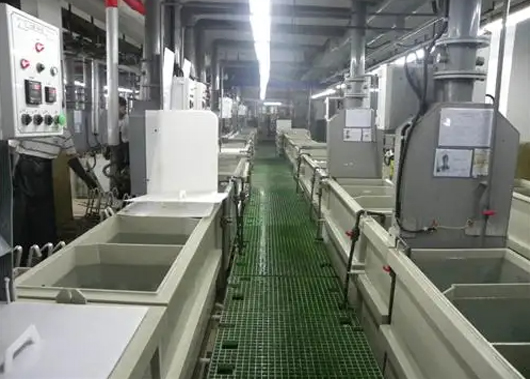Do You Know How Anodizing Works?
(2023年09月11日)https://www.richconn-cnc.com/do-you-know-how-anodizing-works.html
Do You Know How Anodizing Works?
Anodizing, the process of forming an oxide film on aluminum products (anode) under the action of an applied current under the corresponding electrolyte and specific process conditions of metal or alloy electrochemical alumina and its alloys. Anodizing usually refers to sulfuric acid anodizing unless otherwise specified. In order to overcome the defects of surface hardness and wear resistance of aluminum alloy, expand the scope of application and prolong the service life, surface treatment technology has become an indispensable part of the use of aluminum alloy, and anodizing technology is the most widely used and most successful.
1. What is anodizing?
The so-called anodization of aluminum is an electrolytic oxidation process, in which the surface of aluminum and aluminum alloys is usually transformed into an oxide film, which has protective, decorative and some other functional properties. The anodization of aluminum from this definition only includes the part of the process of forming an anodized film.
2. The principle of anodizing process
A metal or alloy product is used as an anode, and an oxide film is formed on the surface by electrolysis. Metal oxide films change the surface state and properties, such as surface coloration, improve corrosion resistance, enhance wear resistance and hardness, and protect metal surfaces. For example, aluminum anodization, aluminum and its alloys are placed in a corresponding electrolyte (such as sulfuric acid, chromic acid, oxalic acid, etc.) as an anode, and electrolysis is carried out under specific conditions and the action of an applied current. The aluminum of the anode or its alloy is oxidized, and a thin layer of aluminum oxide is formed on the surface, the thickness of which is 5-30 microns, and the hard anodic oxide film can reach 25-150 microns. Anodized aluminum or its alloy improves its hardness and wear resistance, up to 250-500 kg/mm2, good heat resistance, hard anodized film melting point up to 2320K, excellent insulation, shock resistance The breakdown voltage is as high as 2000V, which enhances the corrosion resistance and does not corrode for thousands of hours in ω=0.03NaCl salt spray. There are a lot of micropores in the thin oxide film layer, which can adsorb various lubricants. CNC anodized aluminum is suitable for the manufacture of engine cylinders or other wear-resistant parts; the film micropores have strong adsorption capacity and can be colored into various beautiful and bright colors. Non-ferrous metals or their alloys (such as aluminum, magnesium and their alloys) can be anodized. This method is widely used in mechanical parts, aircraft and auto parts, precision instruments and radio equipment, daily necessities and architectural decoration.
Generally speaking, the anode is made of aluminum or aluminum alloy as the anode, and the cathode is selected from the lead plate, and the aluminum and lead plate are placed in an aqueous solution, which contains sulfuric acid, oxalic acid, chromic acid, etc. An oxide film is formed on the surface. Of these acids, the most widespread is anodizing with sulfuric acid.
As a cnc china company, we can offer sorts of related products for sale, if you have needs, please contact us.
- このできごとのURL:



コメント